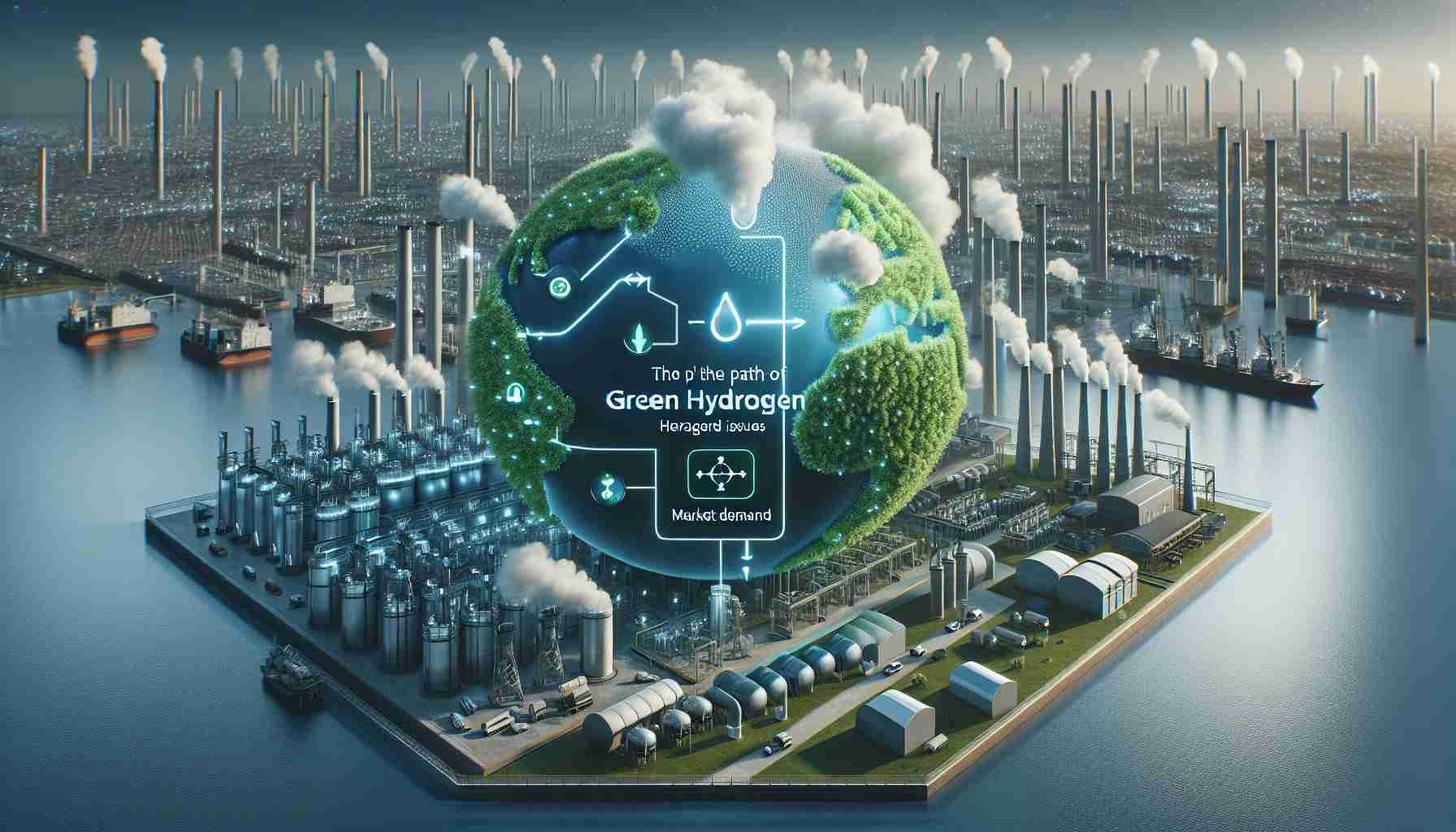The hydrogen sector in the United States faces a complex web of challenges, particularly concerning the relationship between supply and demand. A recent podcast hosted by NewHydrogen featured insights from CEO Steve Hill and Dr. Jackson Ewing, a leading expert in energy and climate policy. The dialogue highlighted a pervasive issue where insufficient demand stalls investment in hydrogen supply chains, creating a counterproductive loop.
Dr. Ewing pointed out various emerging sectors poised to drive hydrogen demand, including ammonia production, the long-haul trucking industry, and several industrial applications. These sectors present significant opportunities to stimulate market growth for hydrogen as a clean energy source.
To catalyze this growth, experts argue for the establishment of robust policy frameworks. Essential components of these frameworks could include the introduction of production tax credits and carbon pricing mechanisms, alongside reforms in permitting processes. Such policies would not only encourage private investment but also align public interests with environmental objectives.
With the potential of innovative technologies like NewHydrogen’s ThermoLoop™, which relies on water and heat rather than electricity for hydrogen production, the foundation for affordable and sustainable hydrogen is becoming stronger. The confluence of technological advancement and supportive legislation holds promise for the future of green hydrogen, making it a pivotal player in the global shift toward cleaner energy solutions.
FAQ Section
What are the main challenges facing the hydrogen sector in the United States?
The hydrogen sector in the U.S. is experiencing challenges primarily due to the imbalance between supply and demand. Insufficient demand leads to a lack of investment in hydrogen supply chains, creating a cycle that hinders market growth.
What sectors are expected to drive hydrogen demand?
Emerging sectors that are likely to boost hydrogen demand include ammonia production, the long-haul trucking industry, and various industrial applications.
What policies are needed to stimulate hydrogen market growth?
Robust policy frameworks are essential to stimulate market growth. Proposed policies include production tax credits, carbon pricing mechanisms, and reforms in the permitting process to encourage private investment while aligning public interests with environmental goals.
What innovative technologies are being developed for hydrogen production?
Innovative technologies such as NewHydrogen’s ThermoLoop™ are being developed, which utilize water and heat rather than electricity for hydrogen production. This approach aims to make hydrogen production more affordable and sustainable.
What is green hydrogen?
Green hydrogen refers to hydrogen produced using renewable energy sources, resulting in minimal or zero carbon emissions. It is seen as a key component in the transition to cleaner energy solutions.
Why is hydrogen considered a clean energy source?
Hydrogen is considered a clean energy source because, when used in fuel cells or burned for energy, it produces only water vapor as a byproduct, helping to reduce greenhouse gas emissions.
What role does technology play in the future of the hydrogen sector?
Technological advancements, when combined with supportive legislation, can significantly enhance the viability and efficiency of hydrogen production, positioning it as a critical player in the global transition to sustainable energy solutions.
Key Terms and Jargon
– Hydrogen Supply Chains: The entire process of hydrogen production, storage, transport, and distribution.
– Production Tax Credits: Financial incentives for producers to encourage the development and use of specific technologies or resources.
– Carbon Pricing Mechanisms: Policies that assign a cost to carbon emissions, thereby incentivizing reduction in greenhouse gas emissions.
– Permitting Processes: The procedures required to obtain approvals for projects, which can impact the speed and efficiency of development.
Suggested Related Links
NewHydrogen
U.S. Department of Energy
Internal Revenue Service
